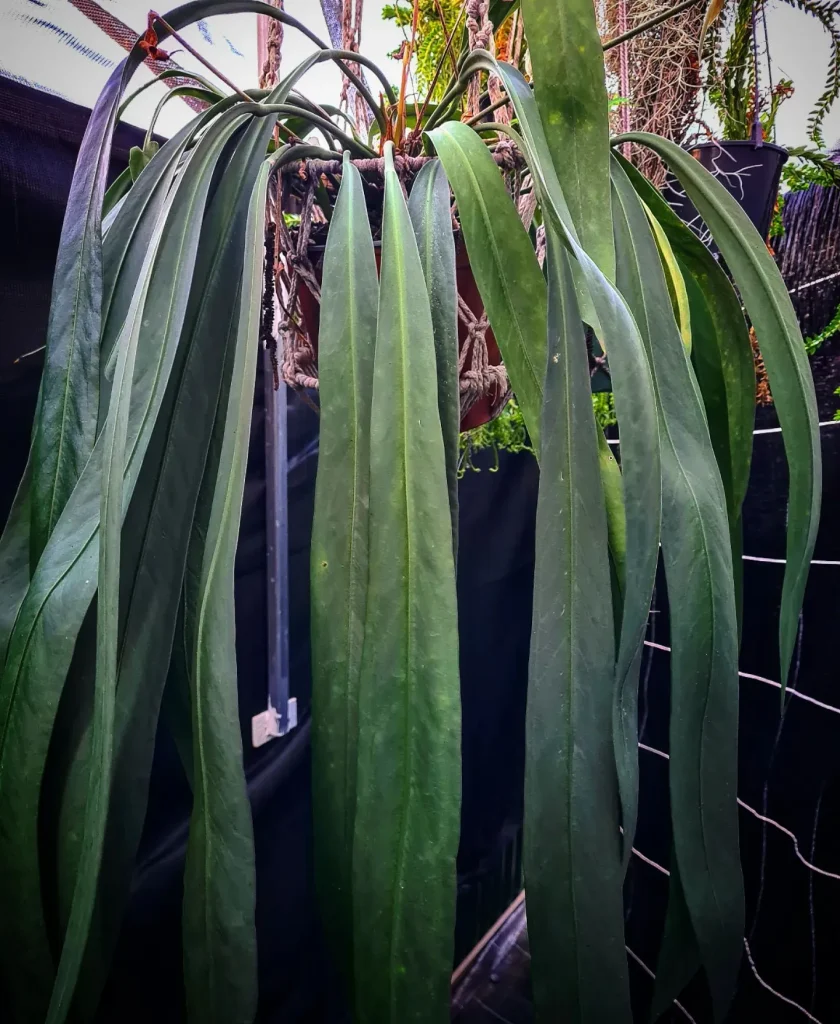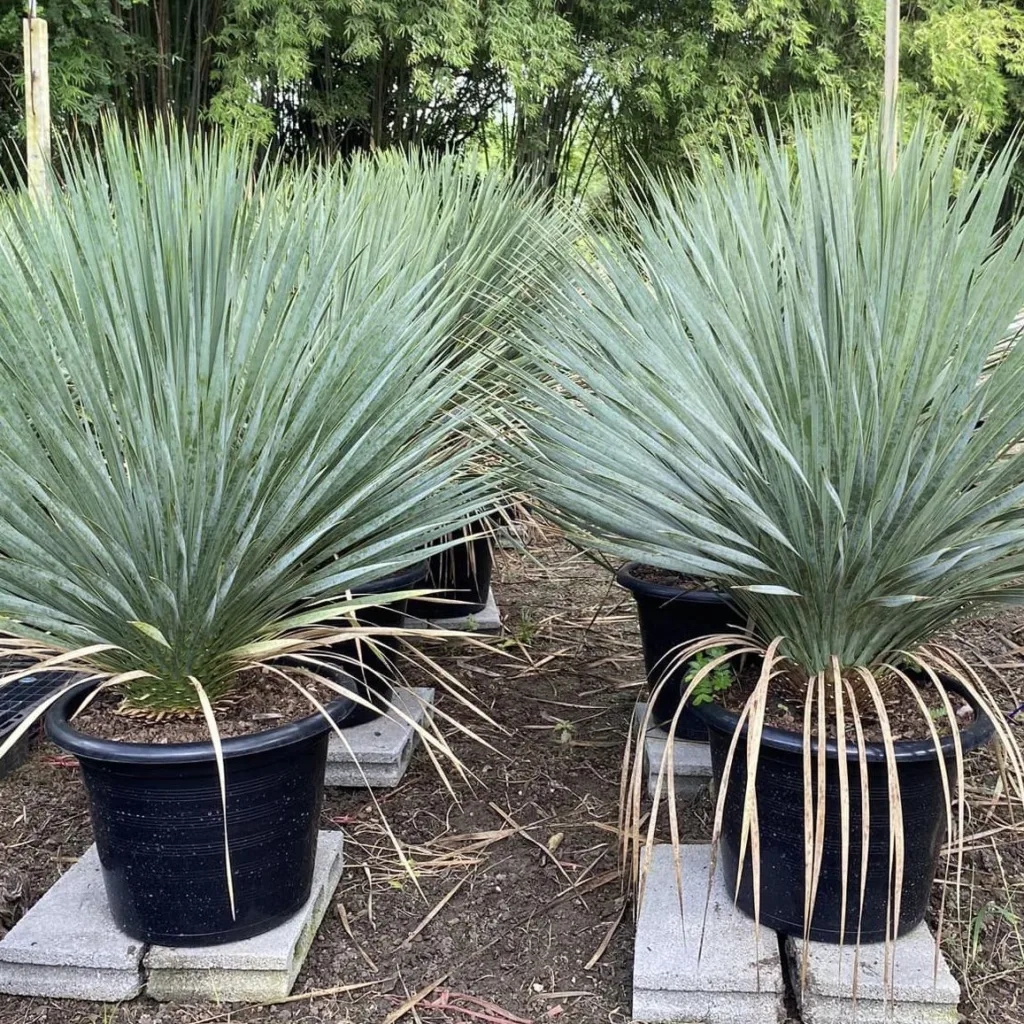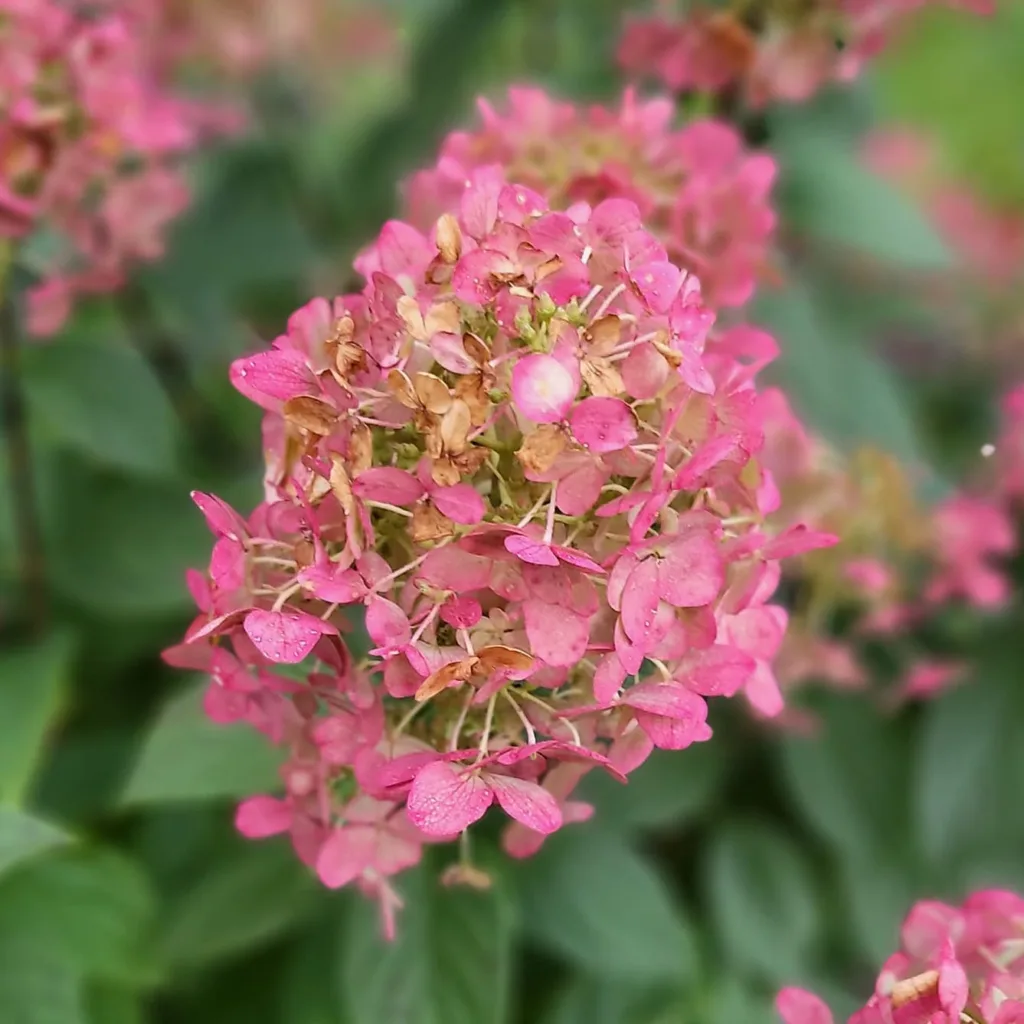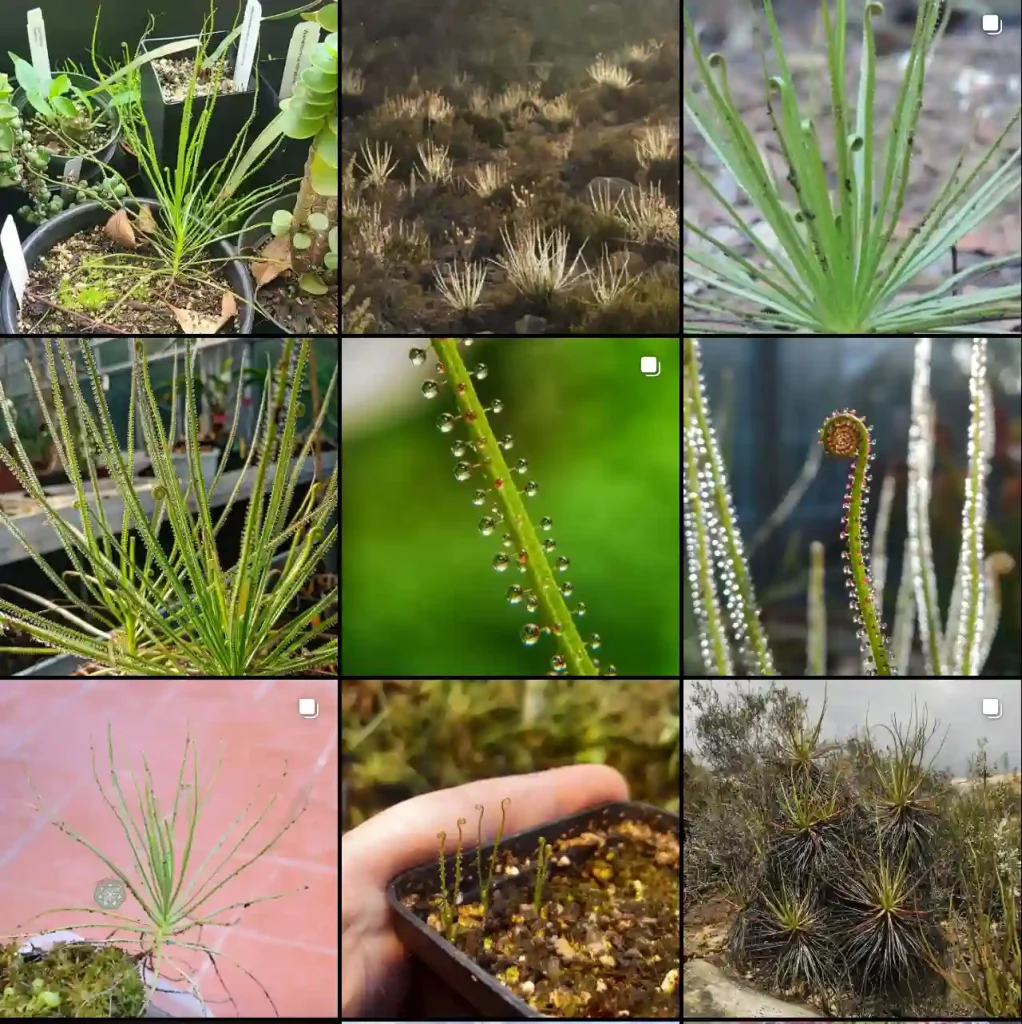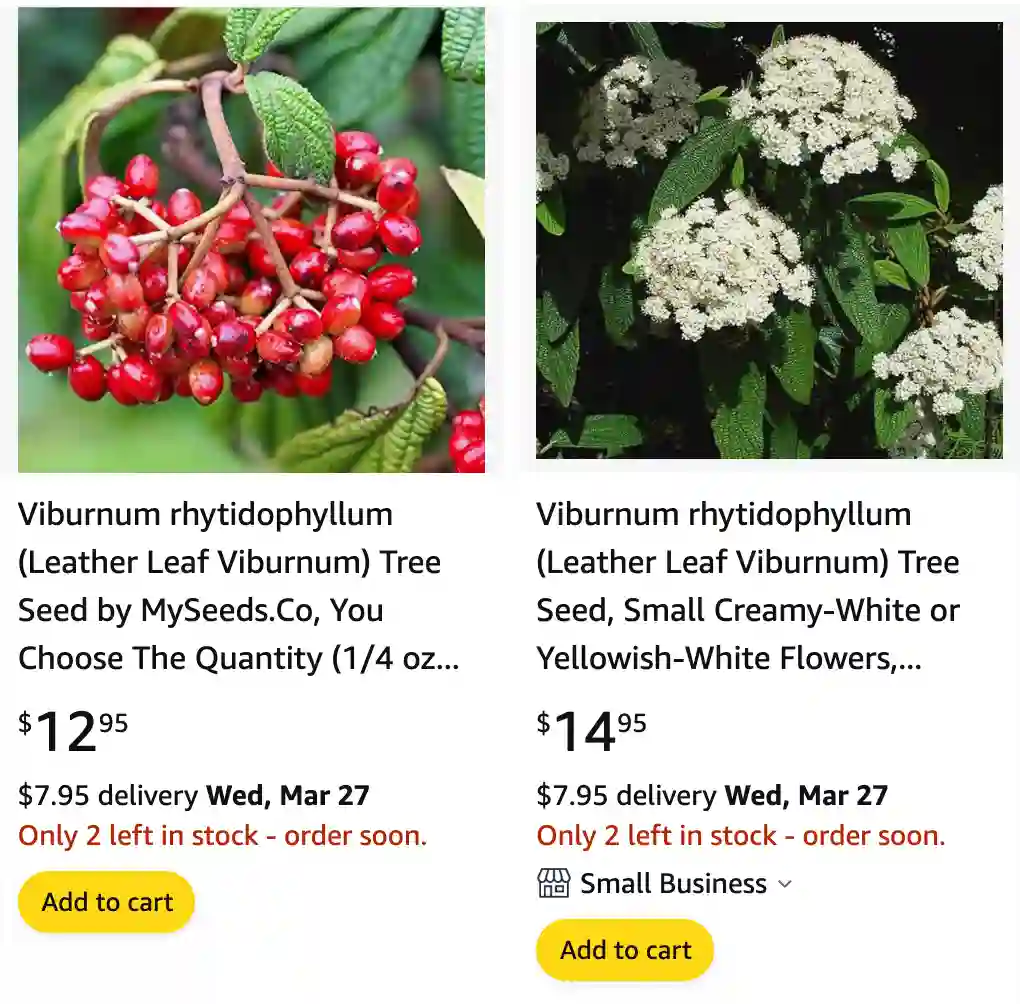
Exploring Viburnum Rhytidophyllum: My Personal Experience
Viburnum rhytidophyllum, or leatherleaf viburnum, has been a standout addition to my garden. This evergreen shrub, known for its unique textured foliage and adaptability, offers visual interest throughout the year. In this article, I’ll share my firsthand experiences with this plant, diving into its appearance, care requirements, and landscape value.
206 Species in Genus Viburnum
Leatherleaf vs Allegheny Viburnum
I prefer Leatherleaf Viburnum for its glossy foliage and robust growth, which has thrived well in my garden, offering a dense backdrop to other plants. Allegheny Viburnum, while beautiful, didn’t quite suit my landscape as its leaves lacked the shine and durability I found in Leatherleaf.
How to prune Leatherleaf Viburnum?
I prune my Leatherleaf Viburnum by first identifying the dead or damaged branches and cutting them back to the base. For shaping, I remove any unruly branches that disrupt the plant’s natural form. I use sharp, clean pruning shears to make clean cuts, which helps prevent disease. If it’s gotten too dense, I thin out the interior branches to allow more light and air to circulate, which keeps the plant healthier.
When to prune Leatherleaf Viburnum?
I typically prune my Leatherleaf Viburnum in late winter or early spring before new growth begins. This timing works well because it allows me to see the structure of the plant more clearly without the leaves in the way, and it helps stimulate vigorous growth once the growing season starts. Sometimes, I also do a light trim after the plant finishes blooming if it looks like it needs a bit of tidying up.
Are Leatherleaf Viburnum evergreen?
Yes, Leatherleaf Viburnum is evergreen. Mine keeps its leathery, dark green leaves throughout the year, which adds a nice touch of greenery even in the winter months. I love how it provides a consistent backdrop in my garden, making it a great anchor plant for other seasonal flowers and shrubs.
Is Leatherleaf Viburnum adapted to the Intermountain area?
Leatherleaf Viburnum is well-adapted to the Intermountain area where I live. It can handle the colder winters and hot, dry summers pretty well. I’ve found that it’s quite hardy and doesn’t need a lot of extra care, which is perfect for the sometimes harsh conditions here. Its adaptability has made it a reliable part of my garden.
Is Leatherleaf Viburnum deer resistant?
Yes, Leatherleaf Viburnum is deer resistant, which has been a lifesaver for my garden. We have quite a few deer in our area, and they tend to munch on a lot of other plants. However, they usually leave my Viburnum alone, which is a huge relief. It means I don’t have to worry about protecting it as much as some of my other plants.
Is Leatherleaf Viburnum invasive?
Leatherleaf Viburnum is not considered invasive, at least in my experience. It stays pretty well-contained in the space I’ve planted it. I haven’t seen it spreading aggressively or popping up in places where I don’t want it. This makes it an easy choice for my garden because I can enjoy its benefits without worrying about it taking over.
When does Leatherleaf Viburnum bloom?
My Leatherleaf Viburnum typically blooms in late spring to early summer. The creamy white flower clusters are quite a sight and add a beautiful contrast to the dark green leaves. I look forward to this time of year because the blooms are not only pretty but also attract pollinators like bees and butterflies to my garden.
When to fertilize Leatherleaf Viburnum?
I usually fertilize my Leatherleaf Viburnum in early spring, right around the time I do my major pruning. I use a balanced, slow-release fertilizer to give it the nutrients it needs for the growing season. I find that doing this helps it put on healthy new growth and produce lots of blooms.
Why doesn’t my Leatherleaf Viburnum get berries?
If my Leatherleaf Viburnum isn’t producing berries, it could be due to a few reasons. It might need another viburnum nearby for cross-pollination, or maybe the flowers aren’t getting adequately pollinated. Sometimes late frosts damage the flowers, which means no berries later on. I also check to make sure it’s getting enough sunlight, as too much shade can affect berry production.
If i die, water my plants!
